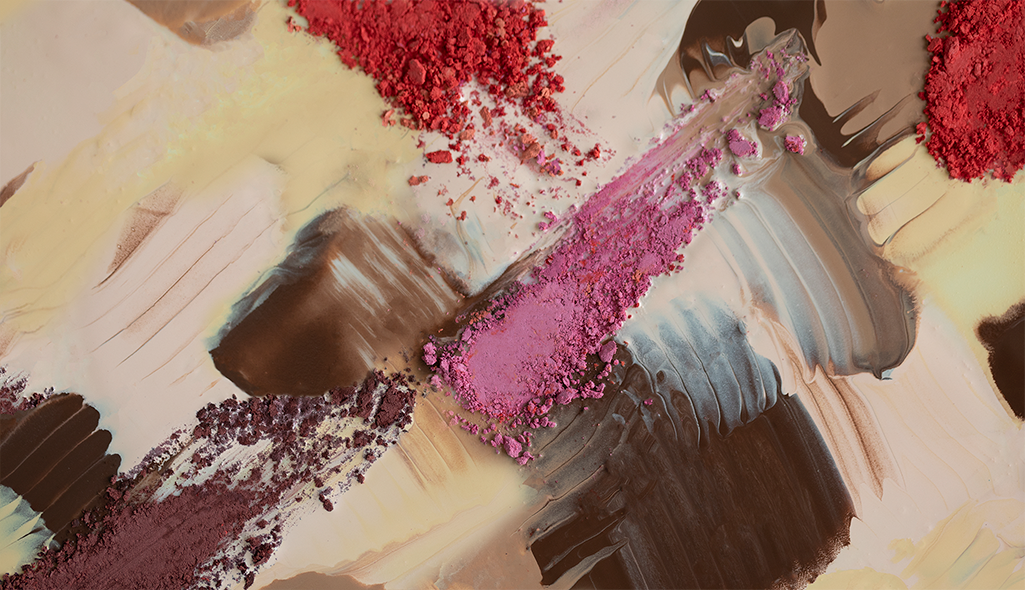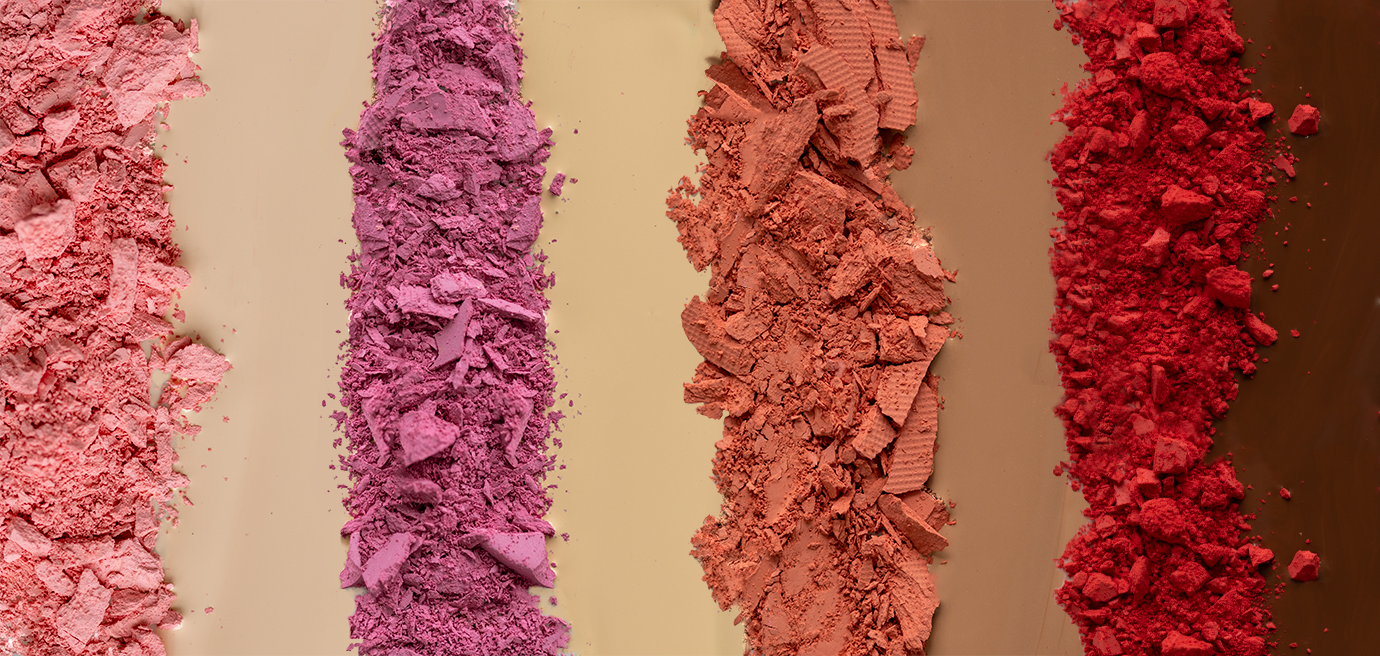
Pro İpucu
Which Blush for which skin tone?
Match your skin tone
Before we get into the topic of finding the right blush color, we'll first explain how you can match your individual skin tone. This is essential to find out which blush really suits you.
Skin tone is generally divided into fair, light, medium, and dark. While there are further distinctions in each category, such as very light or deep dark, roughly determining the category is enough to tell which blush shades will suit you.
To figure out your skin tone, there are several ways.
For example, our skin tone is simply the amount of melanin we have, which reacts with sunlight; if you know how long you can stay under the sun without sunburn, you can easily determine your skin type.
Fair skin is often more sensitive than the other types. People with fair skin also tend to have light or red hair and freckles. They're likely to become red or pink very quickly and burn very easily. It's difficult for fair skin types to tan.
Light skin tones are those that are fair but with a warmer undertone. They, too, tend to have lighter hair colors. They can burn but are likely to tan in the summer months but return to a lighter complexion in the winter.
People with medium skin tones usually have warmer tones to their hair coloring and an all-year-round tanned skin with warm golden or olive undertones. The skin tone will, of course, change in the seasons but never be classified as pale. Medium skin tones are less likely to burn.
Dark, the deepest range of skin tones, usually have naturally dark or black hair. The skin is naturally deep and usually warm or golden in tone throughout the seasons. Dark skin tones tend to be able to tolerate the sun for longer before burning.
It's worth mentioning that irrelevant of your skin tone, you should always wear sun protection when out in the glorious sunshine this season.
How to find the undertone of your skin

After that, it's time to define your undertone. These fall into the following categories: Cool, neutral, and warm. Just look at the color of your veins in natural daylight.
Blue/purple veins mean you have a cool undertone. Blue/green veins mean you have a neutral undertone. Green/ olive veins indicate you have a warm undertone.
Another method: what jewelry looks best on you? If silver suits you, you have a cool undertone. Suppose gold looks great on you, a warm undertone. If both colors suit you, your skin tone is most likely neutral.
The right blush for your skin tone

Once you've figured out your skin tone and undertone, the following blush colors will look great on you:
Fair skin tones (usually with a cool undertone) ( Digital Complexion Fluid Foundation (D 36)/Digital Complexion Fluid Foundation (O 11)): peach, coral, light rosé, and soft pink tones. (Blusher 2.5 g (T 0))
Light skin tones (mostly cool to neutral undertone) (Digital Complexion Fluid Foundation (Y 22)/ Digital Complexion Fluid Foundation (O 14)): pink, deep peach, and warm rosé tones. (Blusher 2.5 g (R 9))
Medium skin tones (mostly neutral to warm undertone) (Digital Complexion Fluid Foundation in Digital Complexion Fluid Foundation (P 07)/ Digital Complexion Fluid Foundation (O 17)): deep pinks, warm peach, mauve, and violet tones. (Blusher 2.5 g (S 304)/ Blusher 2.5 g (R 20))
Dark skin tones (mostly warm undertone) (Digital Complexion Fluid Foundation (D 36)/Digital Complexion Fluid Foundation (D 37)): berry tones, blood red, brick red, and rich orange tones. (Blusher 2.5 g (lake)/ Blusher 2.5 g (081))
HOWEVER, no one dictates what to wear! If you want to experiment, go for it. You know we are friends of colors and always a supporter!


